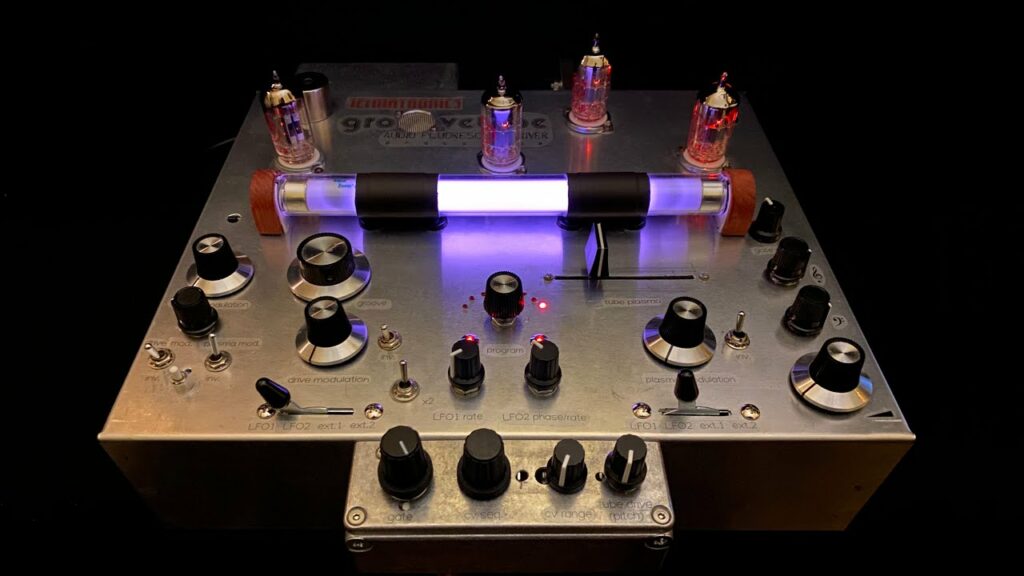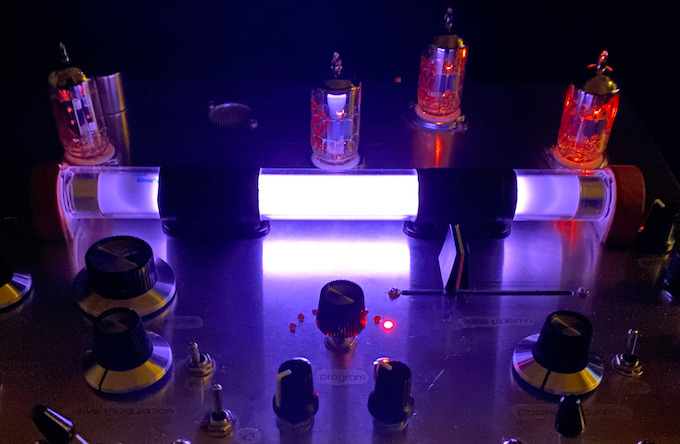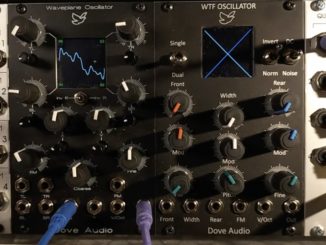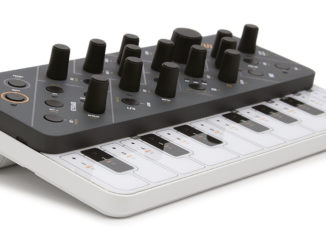Telmatronics Groovetube is a new wild prototype plasma Synthesizer driven by a fluorescent tube and a magnet, now on Kickstarter.
Synthesizers come in a variety of forms. They are often based on subtractive synthesis, have some oscillators paired with one or more filters, plus a keyboard etc. The classic Synthesizer. There’s also the other, darker, experimental side of synthesizers. Where, for example, a Game Changer Audio Motor Synth or the Soma Labs Lyra-8 is at home.
I especially love the latter because they show new concepts and enrich the market with unusual sounds. A developer from the UK is now showing that things can get even wilder than Motor or Lyra. Telematronics launched the Kickstarter campaign for the Groovetube today.
Telmatronics Groovetube
We are releasing this first-generation machine for people to try out a new way to make noise. It is a sort of proto-instrument – an experimental machine to be experimented with!
By making these machines available now, we hope to not only fund further development but also let collective experimentation inform its direction.
Engine
Groovetube has a very industrial design that directly suggests an experimental Synthesizer. Even more its engine which is crazy and innovative. The synth aka “Plasmaphone” is based on lit fluorescent tubes and a magnet. What Game Changer Audio did with the Plasma Pedal as an effect, now in a synth.
More precisely,
the plasma is excited in the tube using a low-power RF generator, and a high voltage applied to the tube. These are then regulated to control the sound. The magnet works because magnetic fields bend electron paths, making them more efficient in the in the plasma. At locations along the tube this has a different effect on the discharge as a whole, and so the sound.
Features
Telmatronics describes the Groovetube like a combination of an electronic instrument and an acoustic wind instrument because its capable to create a wide range of sounds including noises that sounds like that.
The features are just as unusual. Nope, Groovetube doesn’t have the typical feature design of a subtractive Synthesizer. The system that manages the entire tubes, etc is powered by a ardunio board that also generates a timing signal for syncronising with other gear.
You can voltage control modualte the tube voltage and excitation. The RF system also has a slide control. Groovetube also hosts has digitally-controlled LFOs that has a wide range of preset CV sequences and gate patterns built-in. This gives you the option to control the frequency and phase relation.
There are also external inputs allowing you to use two additional modulation signals and CV/gate signals. Groovetube has a mono output that is from a valve follower with an impedence of 68k and a signal around 1 V pk-pk.
The question of questions is: how does it sound. Definitely not like a Moog, Oberheim or any other traditional Synthesizer. This is mainly due to the core of the engine. Plasma can be unpredictable and is hard to control precisely. So the sound is just a wild.
However, the developer has installed a controllable tube driver that can cause plasma to produce grooves and bizzare noises. The sounds this Synthesizer generates are weird and bizarre. They range from drones and rhythmic noisescapes to farts with a tube character. Just experimental.
The sound character can also vary depending on which tubes are installed. You can find out more about this on the Kickstarter page.
A super wild project. The instrument will certainly not please many, especially the sound. But I find it remarkable that a developer dares to build something different with the risk of failing. I like projects like this that show something unusual and fascinating.
Groovetube is now on Kickstarter, and you can support the development with a pre-order starting at £699 for the kit version. The assembled version will be available for £1399 + taxes + import…
More information here: Plasmatronics Kickstarter






Is it April Fools already? This is a fart machine. Every sound is a fart variation.
Farts are life …
Hi folks,
We’ve just installed an upgraded control system, which gives us better control over the plasma.
I’ve posted a couple of demo videos showing results of first testing:
Cheers!